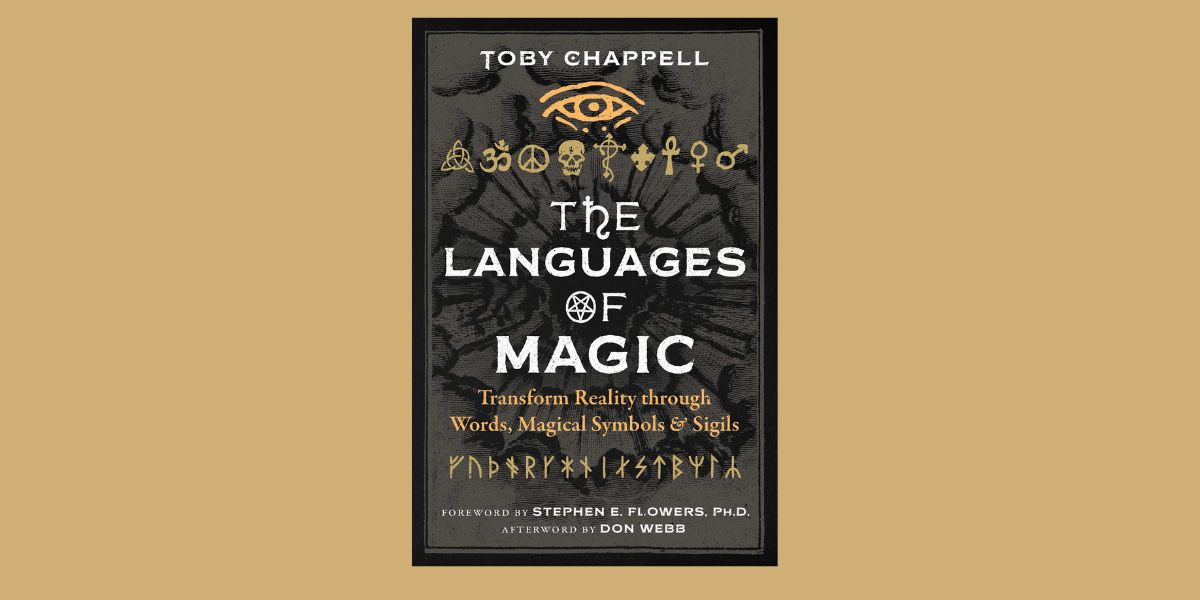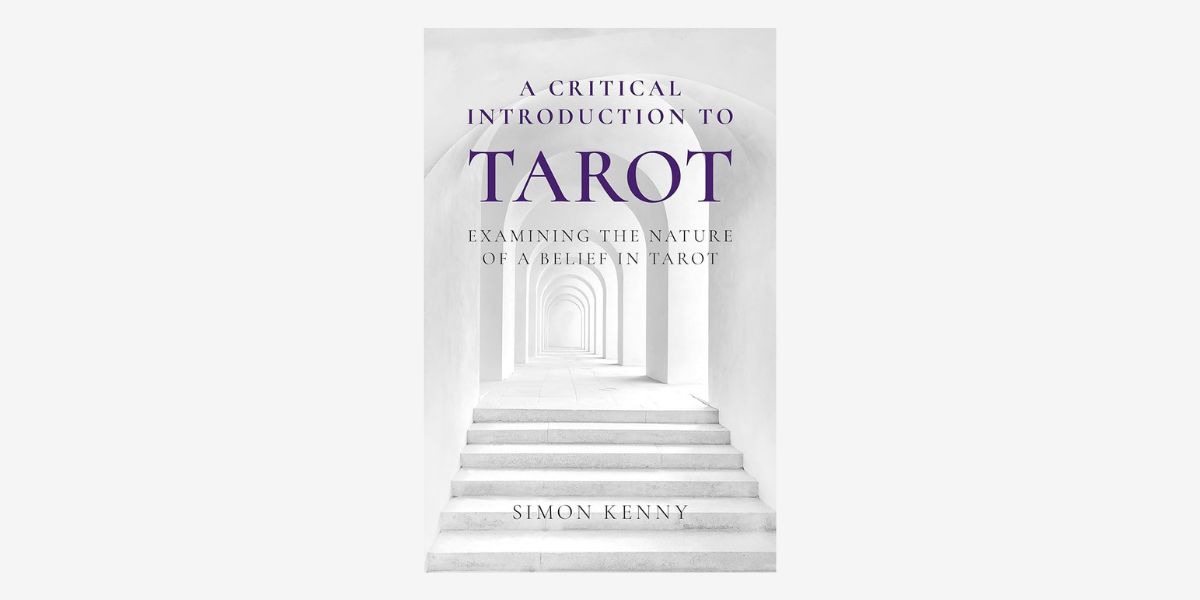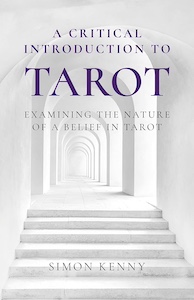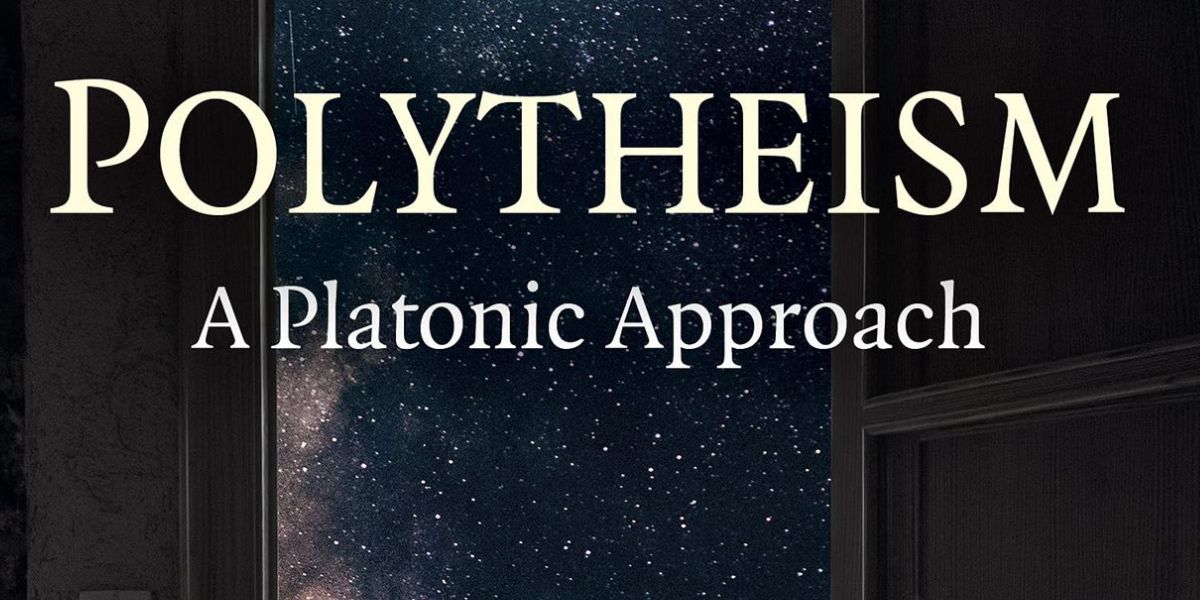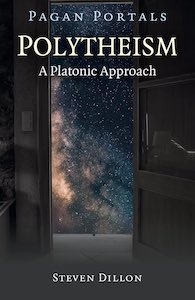
The Languages of Magic: Transform Reality through Words, Magical Symbols, and Sigils, by Toby Chappell
Destiny Books, 979-8888500675, 352 pages, April 2025
Toby Chappell’s The Languages of Magic: Transform Reality through Words, Magical Symbols, & Sigils is a fascinating exploration of the mystical and transformative power that language holds in the practice of magic. Chappell, known for his expertise in esoteric traditions and occult practices, masterfully delves into the ways words and symbols can shape reality, offering both a theoretical framework of semiotics and its application in the study of magic.
“The connection between semiotics, language, and magic is the core principle of this book: the magic is in the communication.”1
Don’t worry, I didn’t know what the word semiotics meant before reading this book, just in case you’re already lost! One thing I advise is not letting the academic language, which you most likely don’t hear in your daily life unless you’re a linguist, make you feel this book is too dense to comprehend. From the get-go, Chappell does a wonderful job distilling complex information into a relatable and easy to comprehend context, often providing detailed definitions, examples, and explanations for all concepts presented.
Step-by-step Chappell draws connections between traditional linguistic theories and magical practices, suggesting that mastery of language can lead to mastery over one’s reality. A key theme in the book is the idea that language is not merely a tool for communication but a powerful medium for transformation. All of the chapters work cohesively towards demonstrating how understanding the foundations of language can lead to a better grasp on “the essential communicative function of magic.”2
The book begins with Chappell detailing the premise of this book, specifically clarifying for readers the intersection between language and semantics and magic. From the origins of language to the passing on of cultures through time, readers gain a sense of just how the inner workings of the transmission of information can be drawn upon and manipulated to shift one’s own inner and outer world. Chappell explains:
“Magic—as operative communication—is a tool for translating this initial inspiration into the changes that are first necessary within the perceptual world. This is followed by altering a particular semiotic web to contain the right symbols that suggest an interpretation that can accommodate your vision. The newly re-spun semiotic web then suggests the effective mode of address for communicating this mindfully evolved vision to those mechanisms and forces in the phenomenal world that can help you to realize your vision.”3
To further provide a foundation for this assertion, Chappell delves into various models of magic and a history of semiotics. Within these chapters jam-packed with information, readers will learn about tons of philosophers, anthropologists, linguists, magicians, psychologists, and other thought-leaders. Chappell draws from many disciplines to provide a comprehensive, extremely well-rounded approach to the impact of language and semiotics within magic.
This section concludes with a chapter titled “Language, Myth, and Magic” where Chappell highlights mythological figures who are associated with language and writing and draws both ancient and modern connections between magic and the art of storytelling.
This section concludes with a chapter titled “Language, Myth, and Magic” where Chappell highlights mythological figures who are associated with language and writing and draws both ancient and modern connections between magic and the art of storytelling.
A real bonus to the book is the afterwards, which includes three essays. Two of them, “The Words Aim the Arrow” and “Why Do Magicians Write Fiction”, are by author and occultist Don Webb, while the third, “Magi Loci” is by Brenda Yagmin. There’s also a glossary, notes, bibliography, and index for further research or study into the material presented.
As someone with academic inclinations, I highly enjoyed this book. My husband holds two philosophy degrees, so topics such as this are a normal discussion in our household. Plus, I’ve taken courses on the philosophy of language before, so some concepts were familiar. However, I will note, for those who are less inclined for such a detailed approach to magic, this book could potentially feel overwhelming at times. It took me about five weeks to make my way through, reading carefully, taking notes along the way, and taking side quests to read other works mentioned by Chappell throughout the book.
This said, I really feel like what Chappell has to offer the magical community within the text makes this book well worth the time and energy needed to absorb the material. Chappell emphasizes how this knowledge can enhance one as a magician:
“By examining these tools not normally associated with magic in our modern world, the magician can become more effective and powerful. They might even learn a bit about more effective mundane communication too.”4
And for those who preserve, much of the technical aspects of linguists and language of philosophy ease up in the second half of the book, especially once readers get to the case study section of the book. This is definitely a read that will have you wanting to then research other topics further; I have a list of further works and trains of thought I want to continue to research. Chappell offers a coherent presentation of information that is both practically applicable and also metaphysically stimulating.
Overall, The Languages of Magic is a valuable addition to the library of anyone interested in the occult, linguistics, philosophy, anthropology, or simply the transformative power of language in general. Chappell provides readers with the tools and knowledge to explore their own magical potential, making this book both an educational resource and a catalyst for personal growth. If you’re looking for a magical topic with some heartiness material you can really sink into, Chappell’s insights will inspire you to explore the fascinating interplay between language and magic. For those willing to take the time to explore the material, this is a wonderful resource for magical enrichment.
Alanna Kali is an astrologer, numerologist, and pioneer spirit that loves to explore life through the lens of depth psychology. She has a passion for studying the humanities and social trends. Her academic work is centered upon reuniting body, mind, and spirit through eco-psychology. She loves reading, spending time in nature, and travel.
